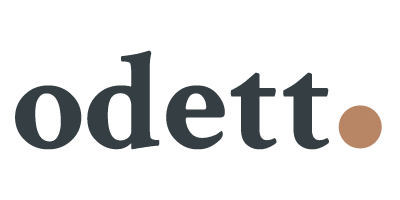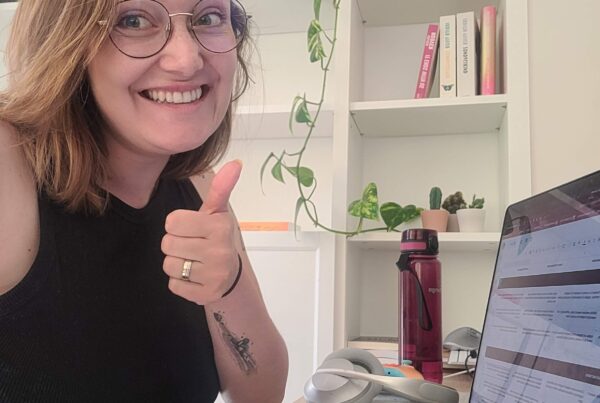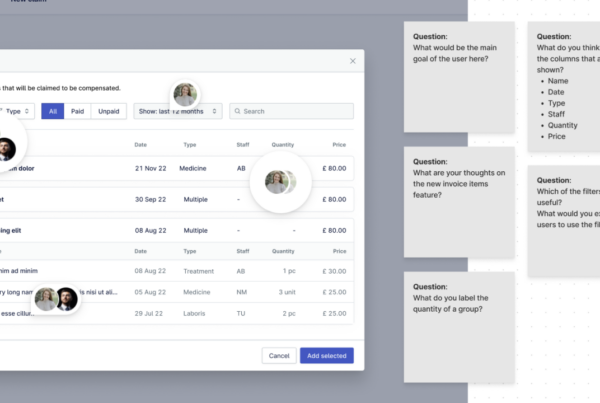User interviews are a foundational user-centered design method that fits great when you’re planning on qualitative research. And then there are still different types of interviews you could do. The answer to what interview type to use depends on your research goal. There are three types of interviews: unstructured, semi-structured, and structured.
Type 1: Unstructured interview
Unstructured interviews take place with few, if any, prepared interview questions. This type of interview feels most like a normal conversation between people would. The main difference is that the topic is on the product/concept or prototype you’re reviewing. This type of interview is relatively formless but works great when you’re trying to establish a rapport with your user and make them comfortable. This type of interview is useful when discussing sensitive topics as the interviewer is supposed to probe for answers in order to obtain the richest and most in-depth information. Unstructured interviews can also be helpful in the beginning stages of development when you want to learn more about how the participant feels about certain topics.
With this interview style, keep in mind that you, most likely, have to do follow-up interviews with your participant to gather all the information you need. Because there is no standard protocol in unstructured interviews, participants find it easy to stray away from the topic. This is part of the conversational style of this interview method.
Useful when: discussing sensitive topics, making the participant comfortable. exploring topics.
Type 2: Semi-structured interview
This type of interview is my personal favorite. Semi-structured interviews use a protocol to help guide the interviewer through the process without restricting the participant into feeling like they’re part of an interrogation. While this type of interview is partially conversational, it is a guided conversation between the interviewer and the participant. There is structure, hence the name semi-structured, but it also allows space for the interviewer to dive deeper into certain topics.
Semi-structured interviews allow for flexibility. Another benefit of semi-structured interviews is that there won’t be a need for multiple interview rounds. The interview protocol you design beforehand will make sure you stick to the research topic and will help you to gather enough information to answer your research question. An interview protocol has some set-out questions and topics to lead the conversation, but there is still a need to probe for further details to really understand the participant’s thoughts, feelings, and motivations.
Useful when: wanting to dive deep into a users thoughts, feelings, and motivations
Type 3: Structured Interview
Where semi-structured interviews leave space for deep-diving, structured interviews strictly adhere to the interview protocol set up beforehand. This type of interview is more rigid and focuses on having the participant answer the premade questions. This method is useful when there is a comprehensive list of interview questions. For example, about a specific feature in your prototype.
The benefits of this type of interview are that they are quick. They will help you gather the correct information you need. And that also means they often don’t require follow-up interviews for missed or forgotten questions. You might be wondering why a survey wouldn’t be more useful? You are after all looking for specific answers. But people will always say more in an interview than write down in a survey. You will always get more information out of a user when doing an interview.
Useful when: Testing a specific feature, having a few direct questions, quick answers
Conclusion
The type of interview you need depends on your research goal and test type. If you’re looking for in-depth information on a topic, unstructured interviews can be helpful. But if you have an idea of where you’re going, and you’re looking to learn more about the experience of your user, how they feel, act, think, then a semi-structured interview is the way to go. When you’re product is off to development or even live, and you’re looking to check a specific part of the product; then a quick structured interview is the way to go.




